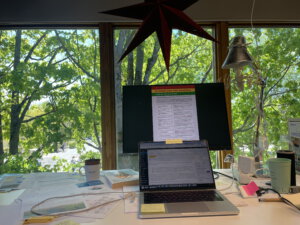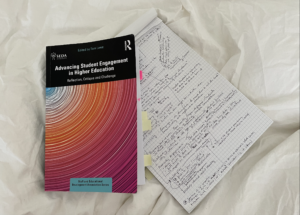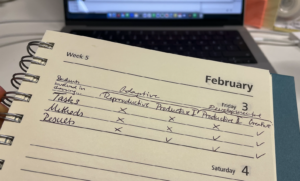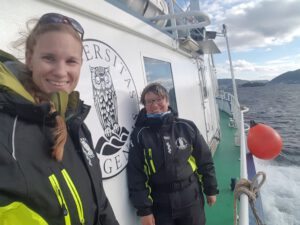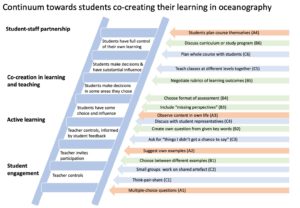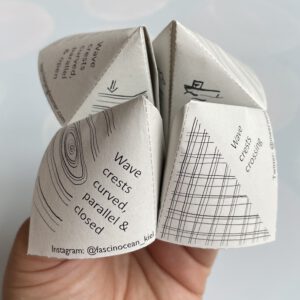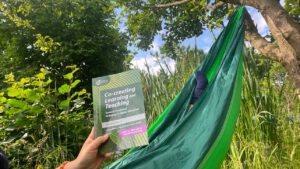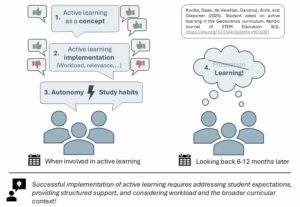
Now published! “Student views on active learning in the Geoscience curriculum” by Kordts et al. (2025)
In this article, we investigate students’ experiences with active learning at the Geophysical Institute at the University of Bergen, Norway (where we have put a lot of effort recently into…


